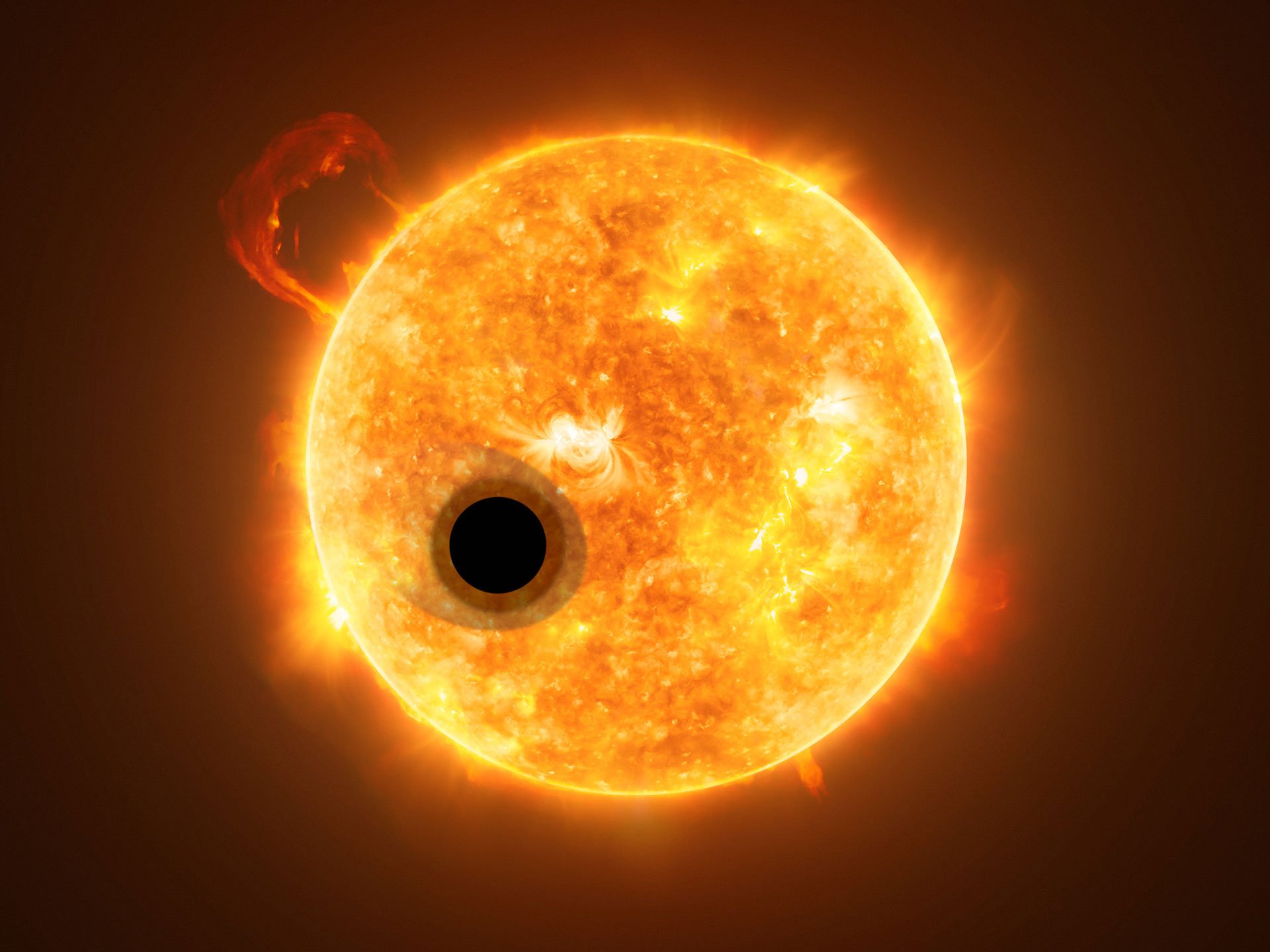
The planet is very close to its star — over 16 times closer than the Earth is to the Sun.
As big as Jupiter but 10 times lighter, WASP-107b is one of the least dense exoplanets known: a type that astrophysicists have dubbed “super-puff” or “cotton-candy” planets.
Piaulet and her team first used observations of WASP-107b obtained at the Keck Observatory in Hawai’i to assess its mass more accurately.They concluded that the mass of WASP-107b is about one tenth that of Jupiter, or about 30 times that of Earth.
They came to a surprising conclusion: with such a low density, the planet must have a solid core of no more than four times the mass of the Earth?
In these, a solid core at least 10 times more massive than the Earth is needed to accumulate a large amount of gas before the disc dissipates.
Without a massive core, gas-giant planets were not thought able to cross the critical threshold necessary to build up and retain their large gas envelopes.How then do explain the existence of WASP-107b, which has a much less massive core.McGill University professor and iREx member Eve Lee, a world-renowned expert on super-puff planets like WASP-107b, has several hypotheses.
“For WASP-107b, the most plausible scenario is that the planet formed far away from the star, where the gas in the disc is cold enough that gas accretion can occur very quickly,” she said.“The planet was later able to migrate to its current position, either through interactions with the disc or with other planets in the system.”.
Also interesting: the eccentricity of this second planet is high, meaning its trajectory around its star is more oval than circular.
“Its great eccentricity hints at a rather chaotic past, with interactions between the planets which could have led to significant displacements, like the one suspected for WASP-107b.”.
“Exoplanets like WASP-107b that have no analogue in our Solar System allow us to better understand the mechanisms of planet formation in general and the resulting variety of exoplanets,” she said.Hardegree-Ullman, Jessica Krick and Evan Sinukoff, 18 January 2021, Astronomical Journal.
January 17, 2021
January 16, 2021